FuJing Lighting - Pursue quality and cast high-quality goods.
The first step in installing garden lights is to break down the space into its different areas that you would like to illuminate. Once you have a clear idea of your project the process is relatively straightforward. Most LED garden lights can be plugged into the mains and powered by electricity but some are solar-powered. You can also choose between wired-in units or those that require installation in the ground.

When choosing your garden light you will need to consider the type of power source, the brightness of the unit and how much control you want. Some of the more modern garden lights can be controlled from a smartphone or tablet. This is usually achieved by pairing a receiver module with the LEDs. The receiver is connected to your home wifi network and this, in turn, connects with the app on your device. The app allows you to control up to 8 lighting zones and select colour scrolls or set colours (for RGB/RGBW lights).
If your garden has a lot of foliage then you may wish to opt for a ground-mounted fixture that is hidden in the soil. This is ideal for illuminating plants that are difficult to spot during the day and helps to protect them from damage by animals or people.
Another popular option is to use stake lights to mark a pathway or create an informal one. These can be dotted along the route to provide a sense of direction and help people find their way around your garden after dark. For a more decorative approach there are a number of LED lights that can be planted in the ground to create a more artistic effect.
For a more dramatic effect there are spotlights that can be used to bring the focus to a prized plant, piece of statuary or feature in the landscape. Floodlights can also be used to illuminate a wider area. Many of these come with a detachable lens that can be swapped for different effects.
Whatever you choose to do with your garden lights it is important that they are weatherproof and have a minimum rating of IP44. This is generally enough for most applications, but if you are planning to light a water feature then you will need the maximum IP67 rating so that the lights can be submerged in the water. It is also advisable to buy lights with a warranty, especially when purchasing online. Some manufacturers are offering extended warranties of up to ten years on selected products. You should always check the product specifications for full details.





 English
English 中文简体
中文简体 Español
Español ++86-13818655613
++86-13818655613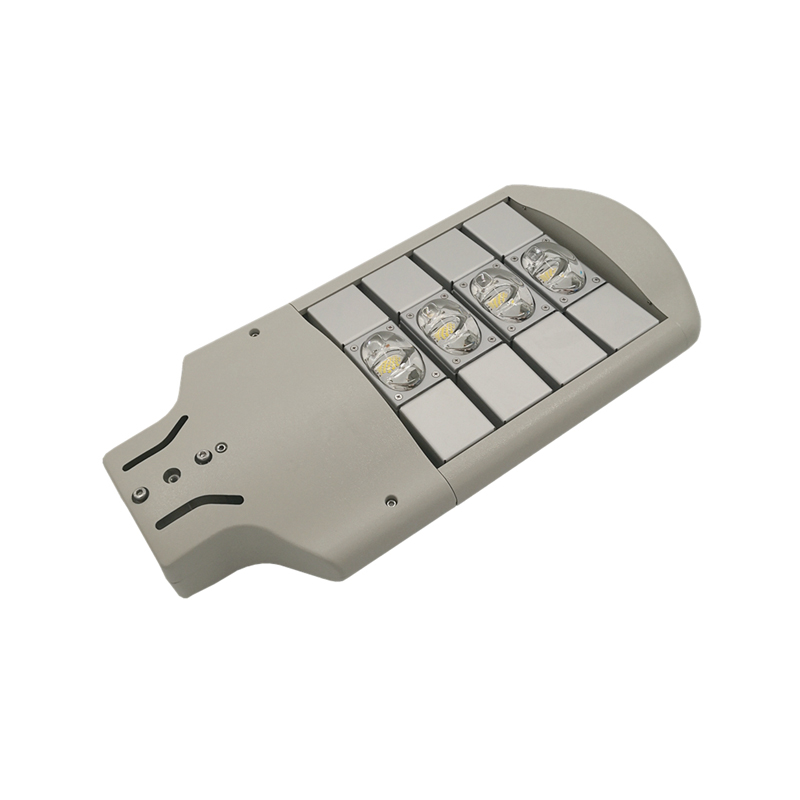
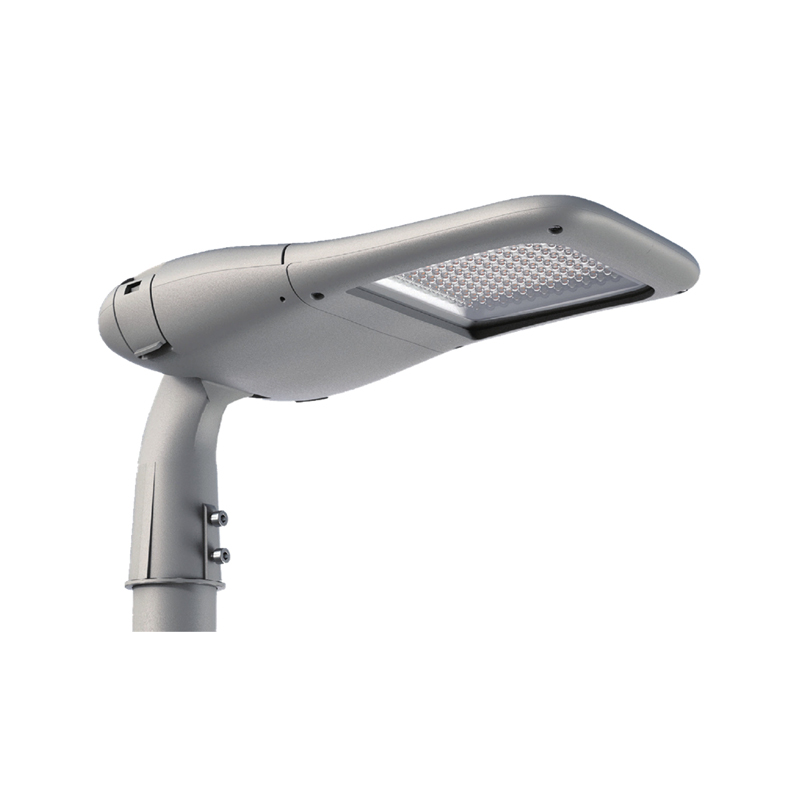
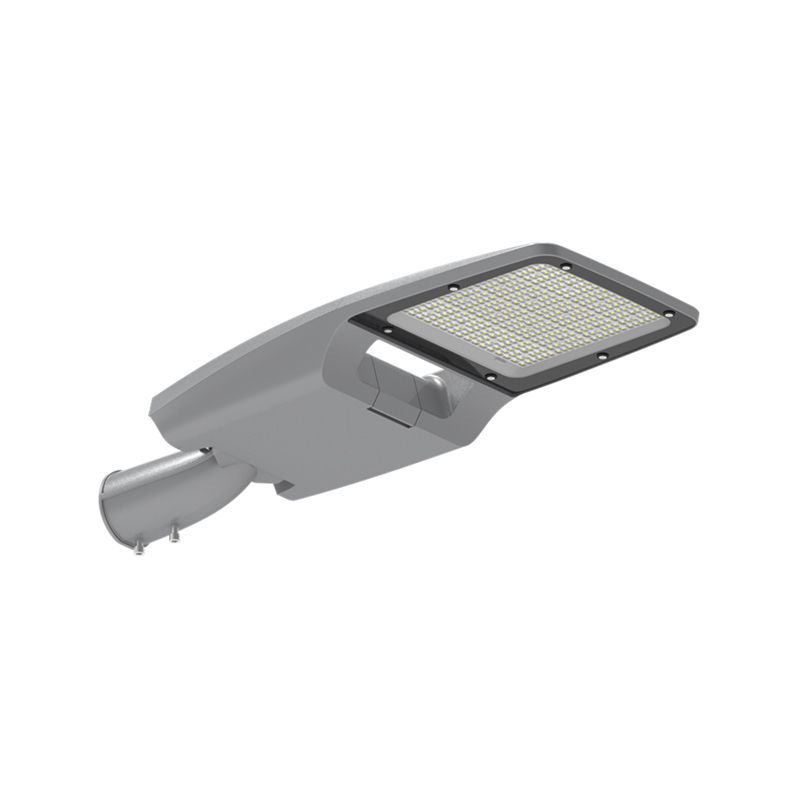


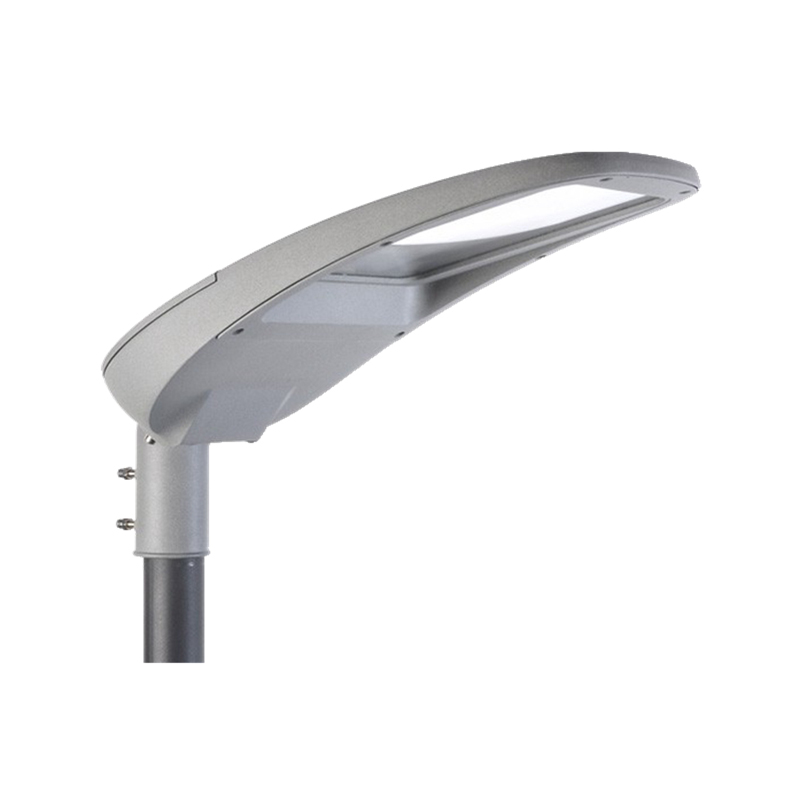
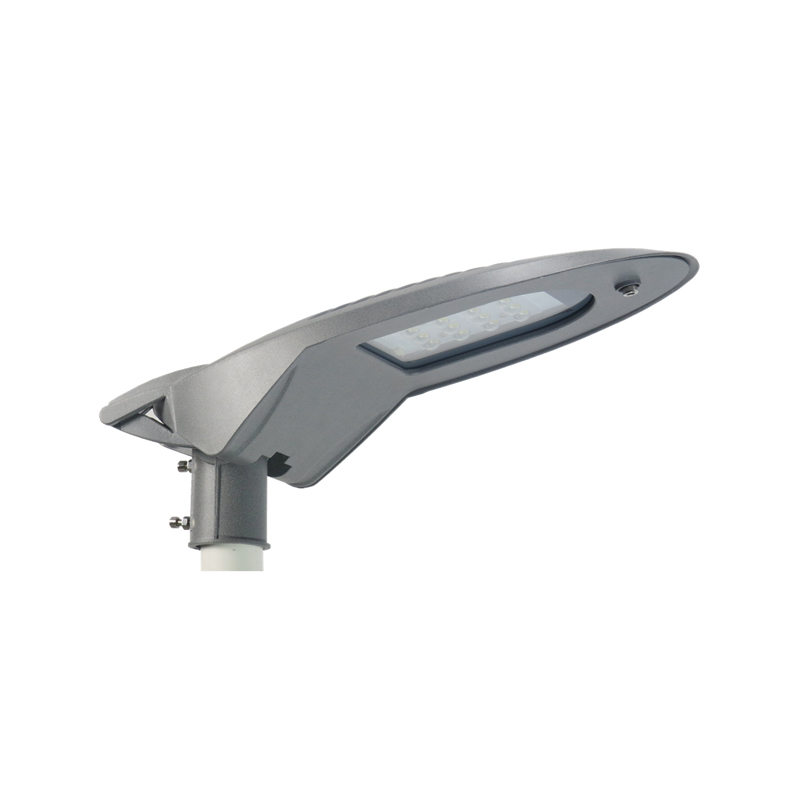
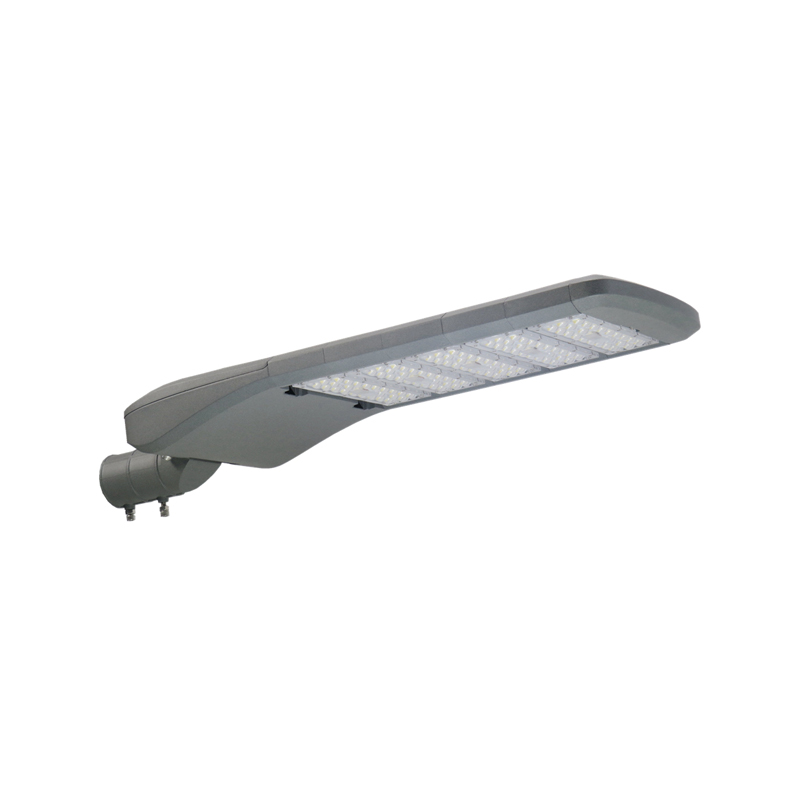
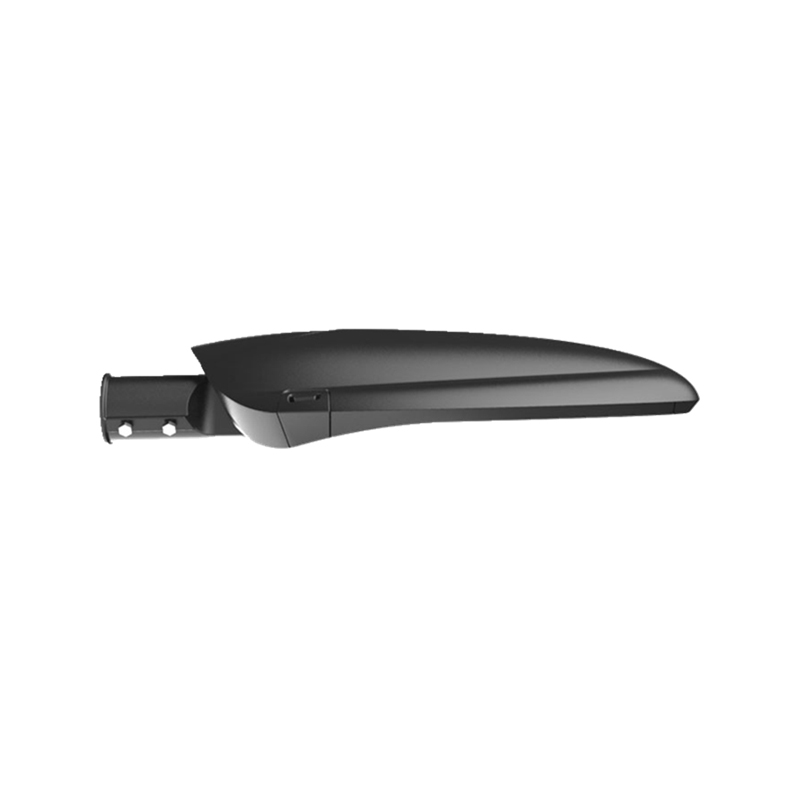











 Contact Us
Contact Us